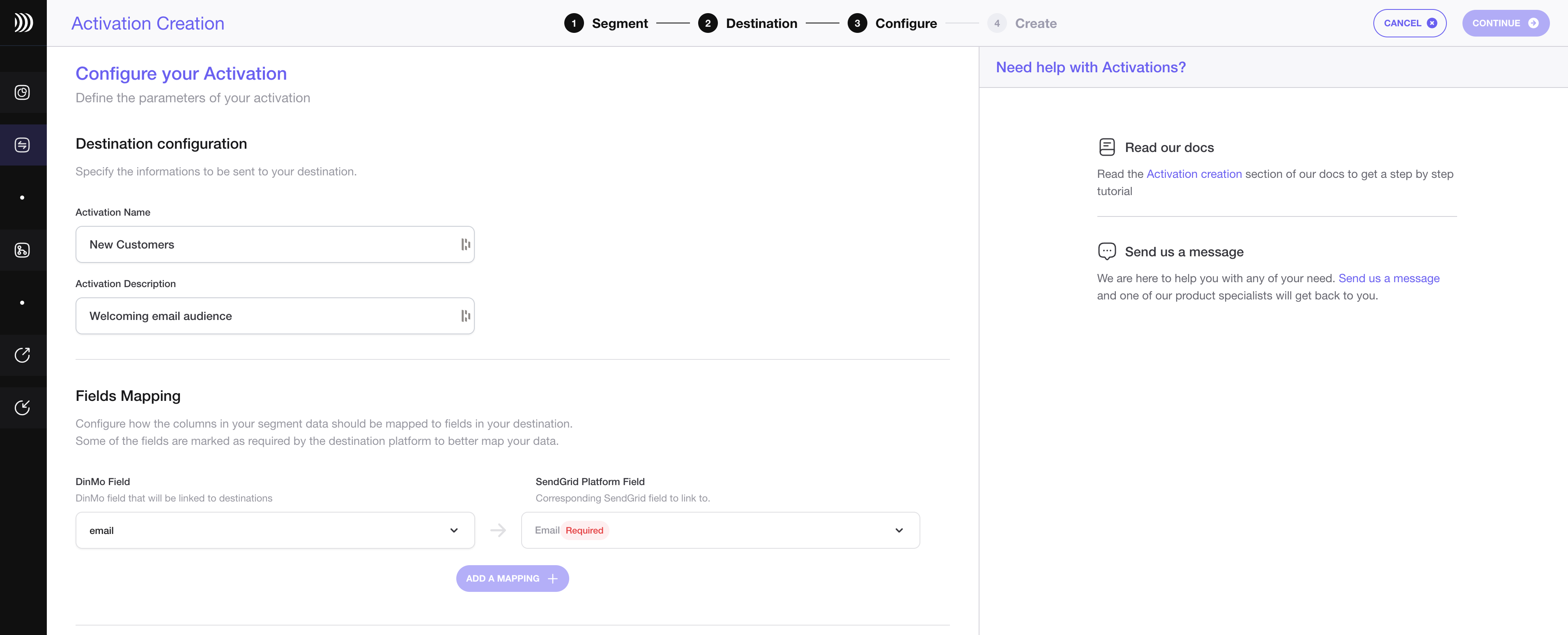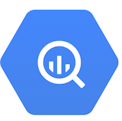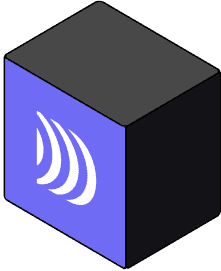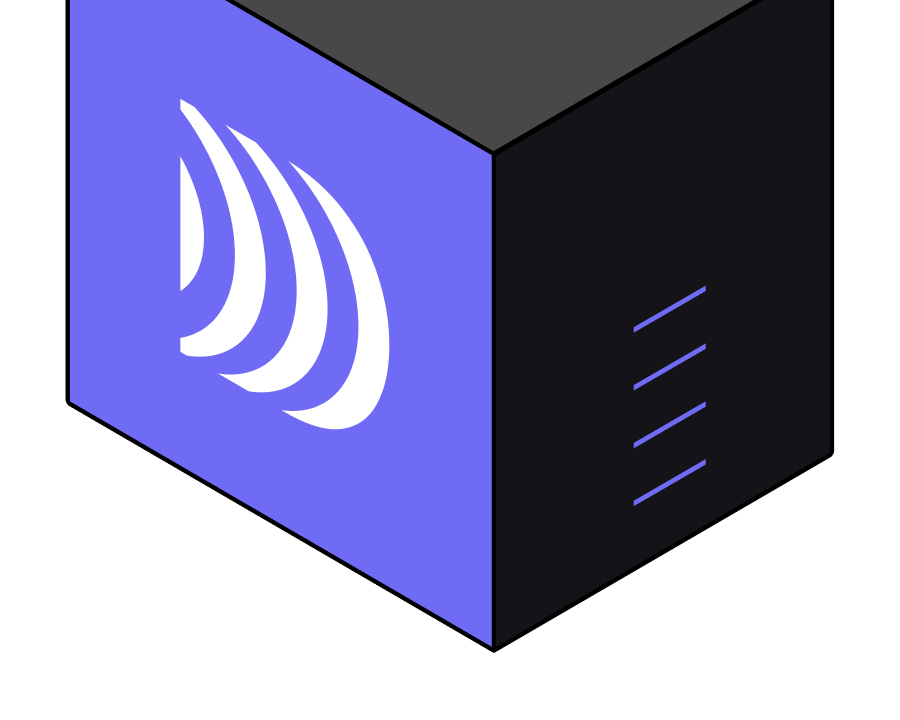

How to use DinMo to connect BigQuery to Sendgrid?
First step is to ensure that BigQuery is already configured as a source in DinMo, and Sendgrid has been added as a destination.
Ensure that you have already created the segments that you wish to sync to Sendgrid in DinMo. If not, go to the Segments tab, click "New Segment," and create them one by one with the appropriate rules.
Navigate to the Activations tab, and click "New Activation" in the upper-right corner of the screen.
Select the type of segment you wish to activate - click “User Segment”, as Sendgrid will only accept audiences and not conversions data.
Choose the segment you want to sync to Sendgrid and click "Continue."
Select your Sendgrid platform from the dropdown, and then click "Continue."

Choose the ad account you wish to use.
If you want to change the activation name, fill in the corresponding field. You can also add a description to this activation.
To map the fields for user segments, specify which properties of your segment correspond to the mail address, phone number, first name, and last name.
Under the Scheduling options, choose the time interval for syncing your segments to Sendgrid. A daily sync is sufficient for most use cases.
Click "Continue," and then click "Create" to finish.
Once the segment is created, it will start syncing immediately. Wait for a few moments to ensure that the sync is successful.
That's it! You have successfully synced your BigQuery data with Sendgrid in DinMo. If you face any issues, refer to DinMo's documentation or contact their support team for assistance.



























